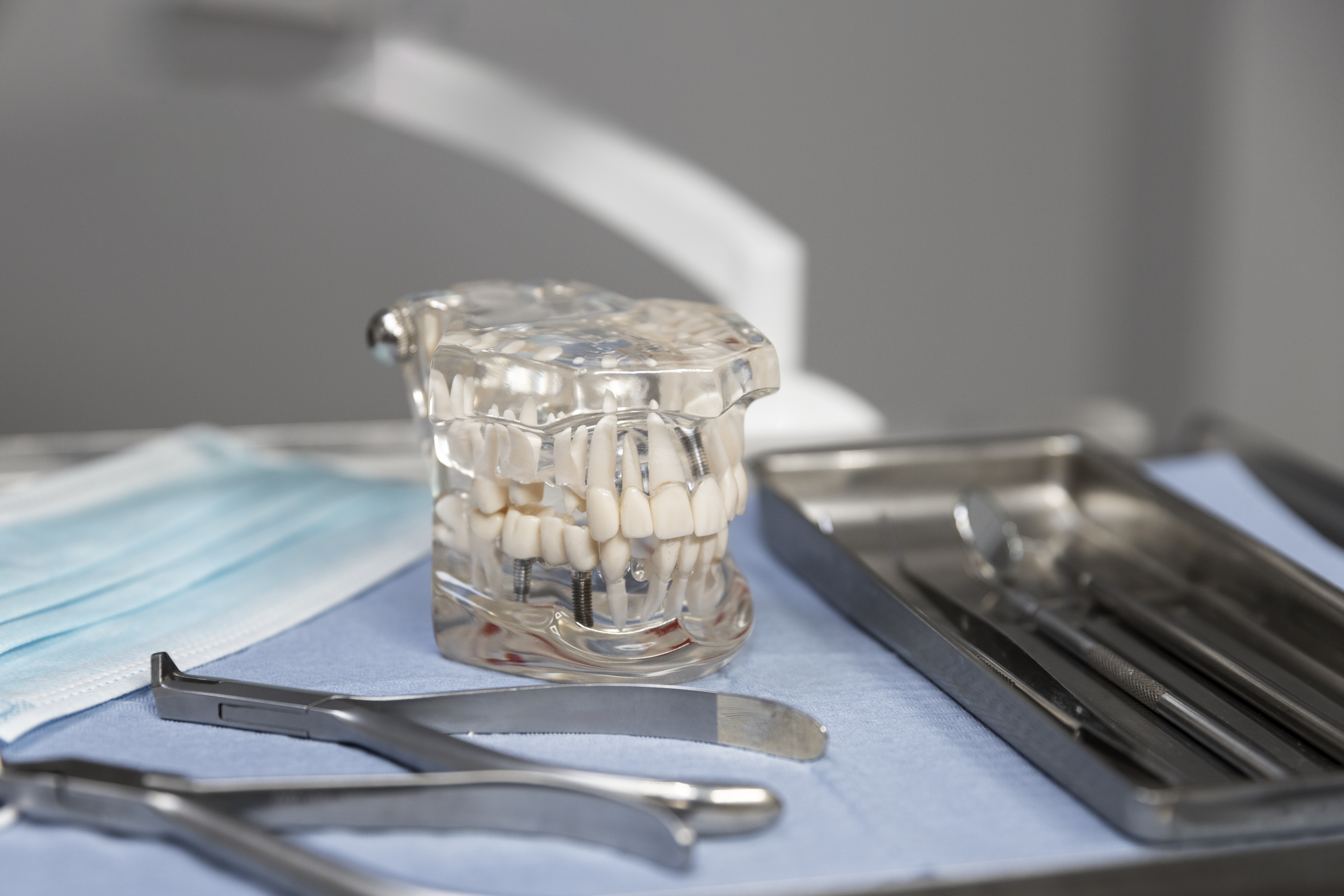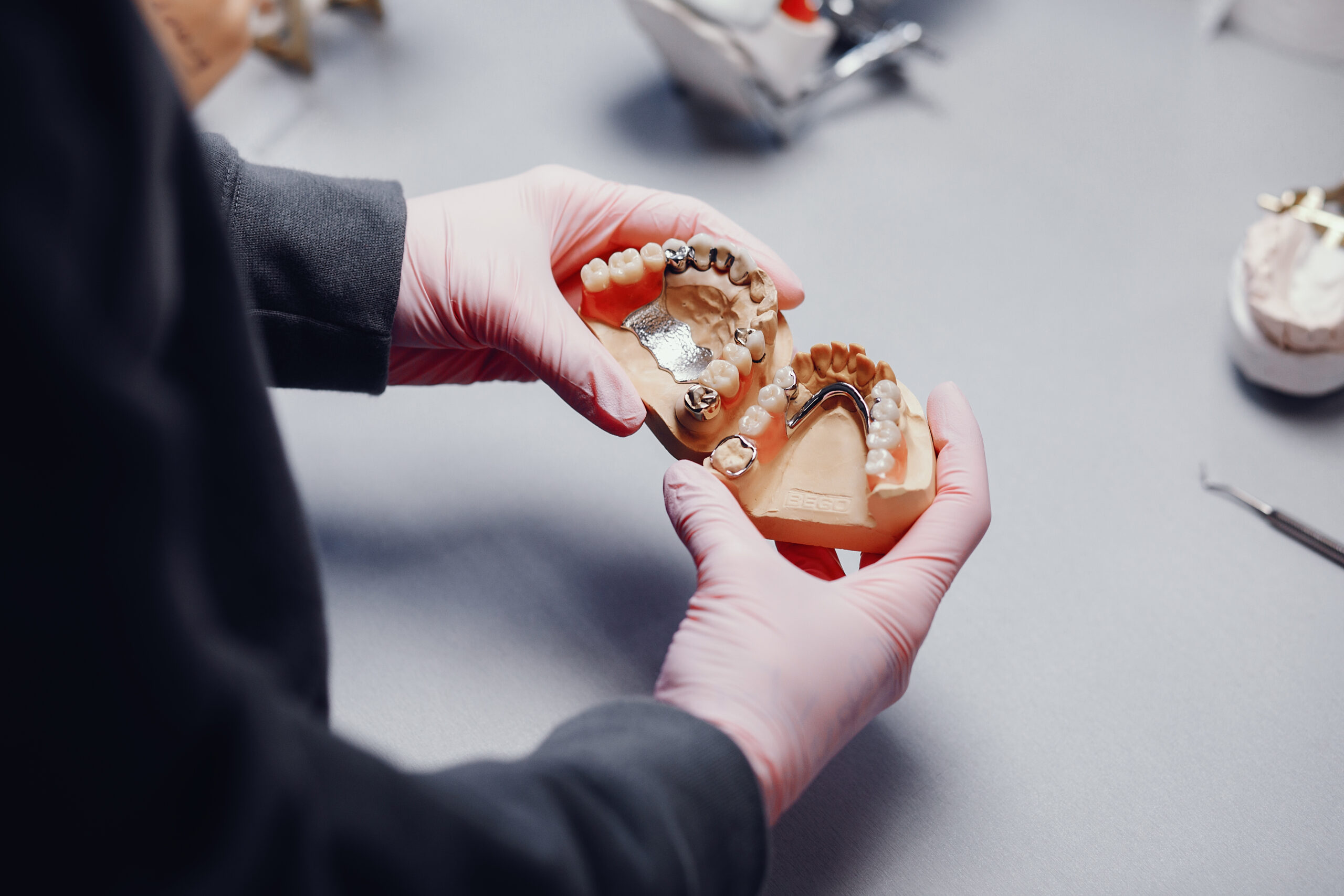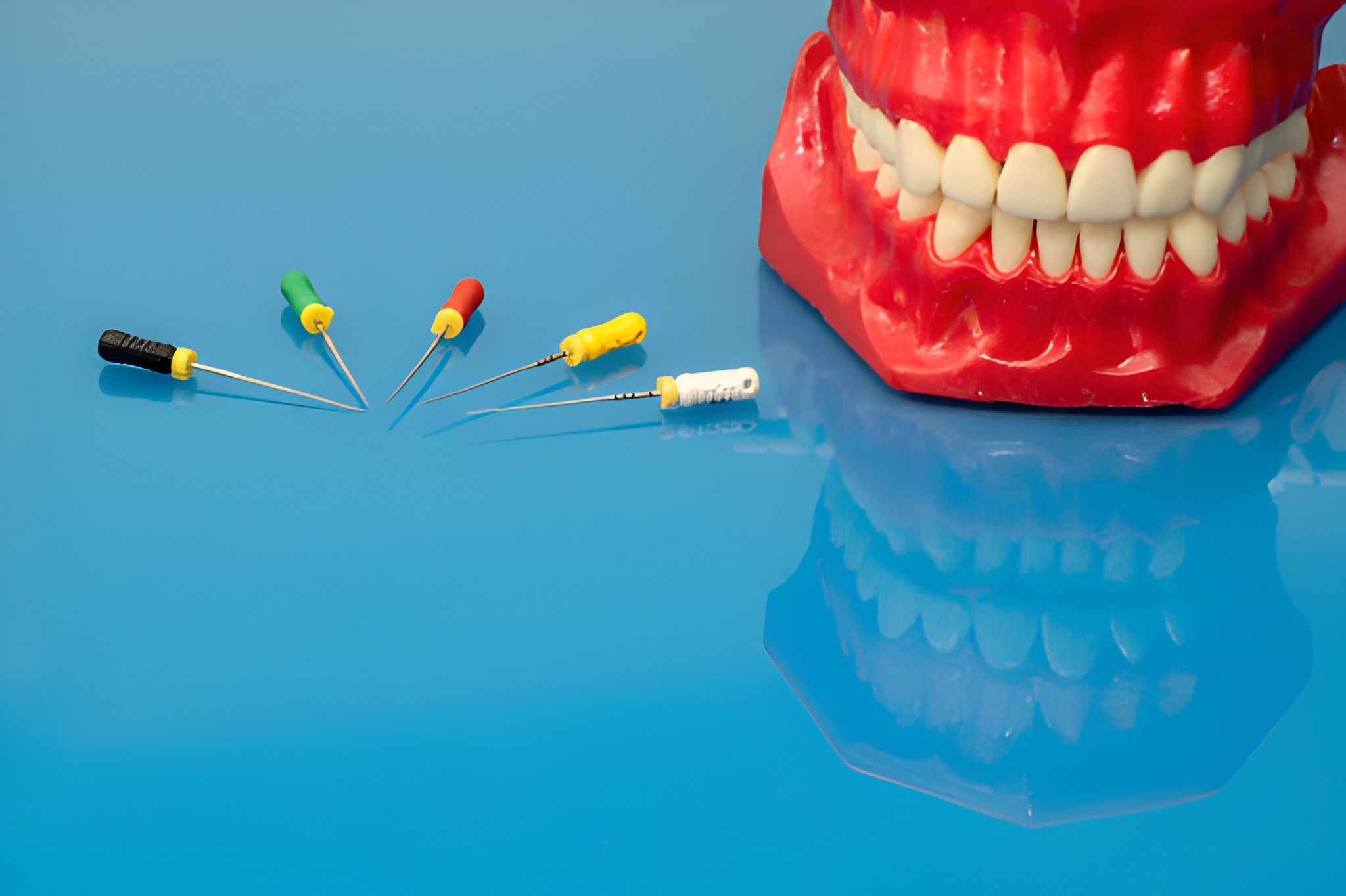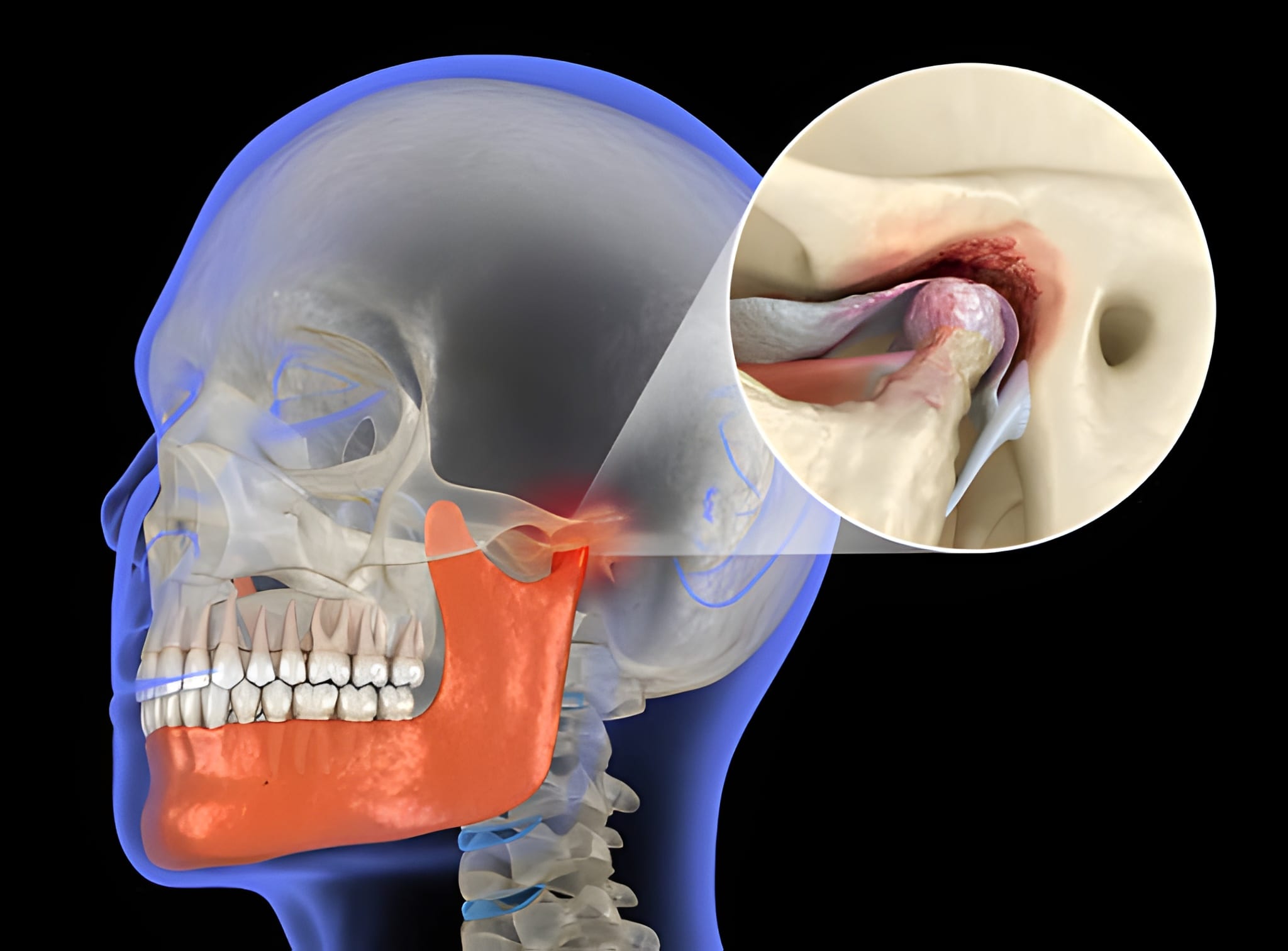Home The Ultimate Guide: Post-Root Canal Dos and Don’ts

A root canal treatment can be the turning point in your life. It can help you reclaim your oral health and well-being.
Interestingly, however, the journey to complete root canal recovery doesn’t end when you leave the office. The post-treatment period determines your oral cavity’s true success and optimal recovery.
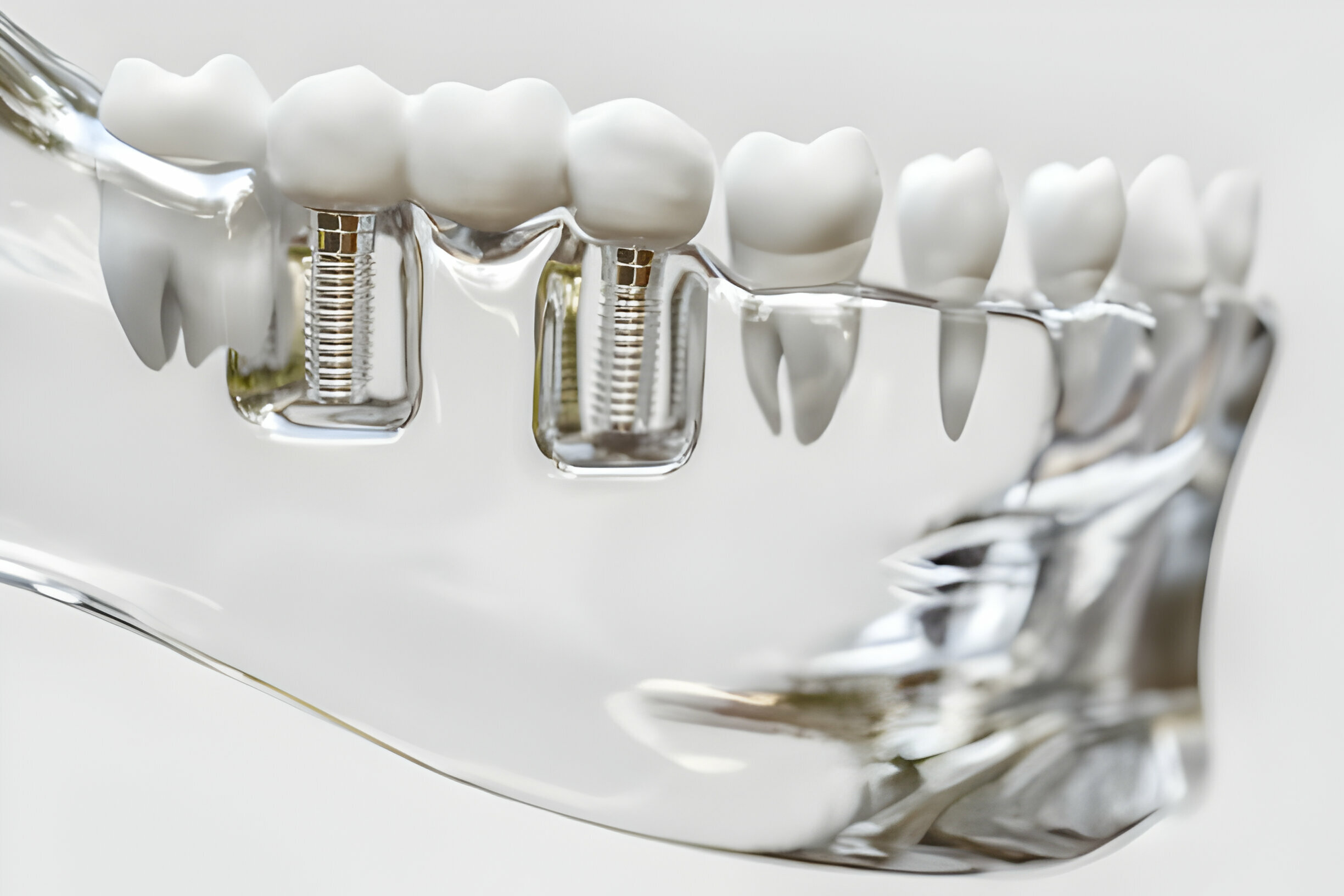
Keeping the same in mind, this blog takes a closer look at the dos and don’ts following the treatment via topics like:
Continue reading as we delve through these topics in the following sections.
Root canal treatment is an essential aspect of dentistry. This complex procedure is aimed at preserving an injured tooth rather than extracting it.
Severe dental decay in an adult tooth can lead to various problems in the oral cavity, including abscessed teeth and excruciating toothaches. A root canal is a good substitute that allows you to preserve your tooth without the discomfort and illness associated with extraction.
A root canal is an effective and effortless treatment option. Once you’ve undergone the treatment, you’ll probably feel slight discomfort as the anesthesia wears off.
This is why good aftercare is essential for reducing discomfort and preventing infections. Following the treatment, your endodontist for a root canal in Bloomfield may also suggest some aftercare instructions that you’ll have to follow along the different stages of your recovery.
Let’s learn more about these aftercare instructions in the following sections.
Following a successful root canal treatment, you will undergo recovery in three stages, which are as follows:
Your mouth will remain numb for a few hours following the treatment at your root canal dentist in Bloomfield. As a result, you should avoid consuming hot beverages and chewy food. Doing any of these things risks biting your tongue or burning your mouth.
Besides, it is the ideal time to use the prescription for pain medications suggested by your dentist. Taking the medications immediately after the treatment will minimize the discomfort for the rest of the day.
For the next few days after your treatment, you must continue taking the prescription given by your endodontist. Once a few days have passed, you can now consume soft meals (avoid sticky ones like gum and candy).
However, while you’re at it, it’s best to chew your meal using the portion of your mouth that did not receive treatment and wash your teeth carefully. By this time, the slight discomfort will subside.
But if your tooth is highly diseased or damaged, you may require a second visit to the dentist to remove the infected pulp completely.
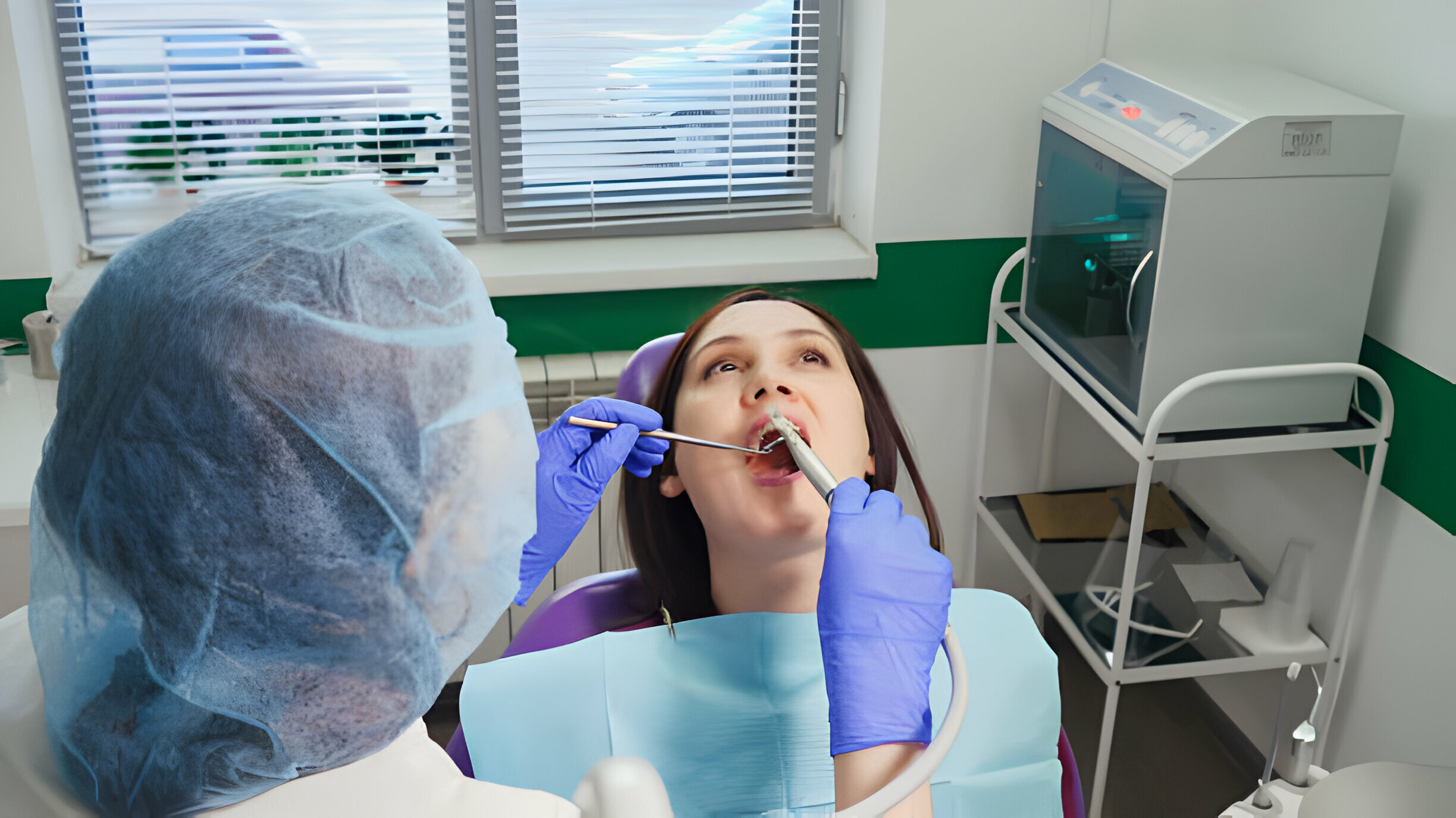
Following the recovery phase, you must ensure that you visit your dentist for periodic checkups. You must also visit your endodontist even if you are pain-free and able to consume your favorite meals without any trouble. This is because the amalgam filling used in root canal therapy is only intended to be used temporarily; ultimately, a crown could be necessary.
Following your treatment, you should be able to consume soft foods without crushing or biting down on your treated teeth.
Here are some examples of soft meals that you should always keep at home:
After a root canal, you must be cautious about what you consume. You must be careful not to harm your temporary filling, and if your tooth is sensitive or irritated, you should avoid foods that may exacerbate the discomfort and sensitivity.
Do not eat:
After a root canal, we recommend waiting until your teeth and gums are numb before eating. One reason is that you may accidentally burn your mouth if you can’t tell when your meal is excessively hot.
You should gradually resume eating your favorite foods to avoid damaging your temporary filling. Following a root canal, dentists often place a temporary crown over the tooth to protect it until the permanent one is ready.
Knowing what activities to avoid after a root canal is as important as recognizing what acts help with healing. Here are some essential don’ts to consider:
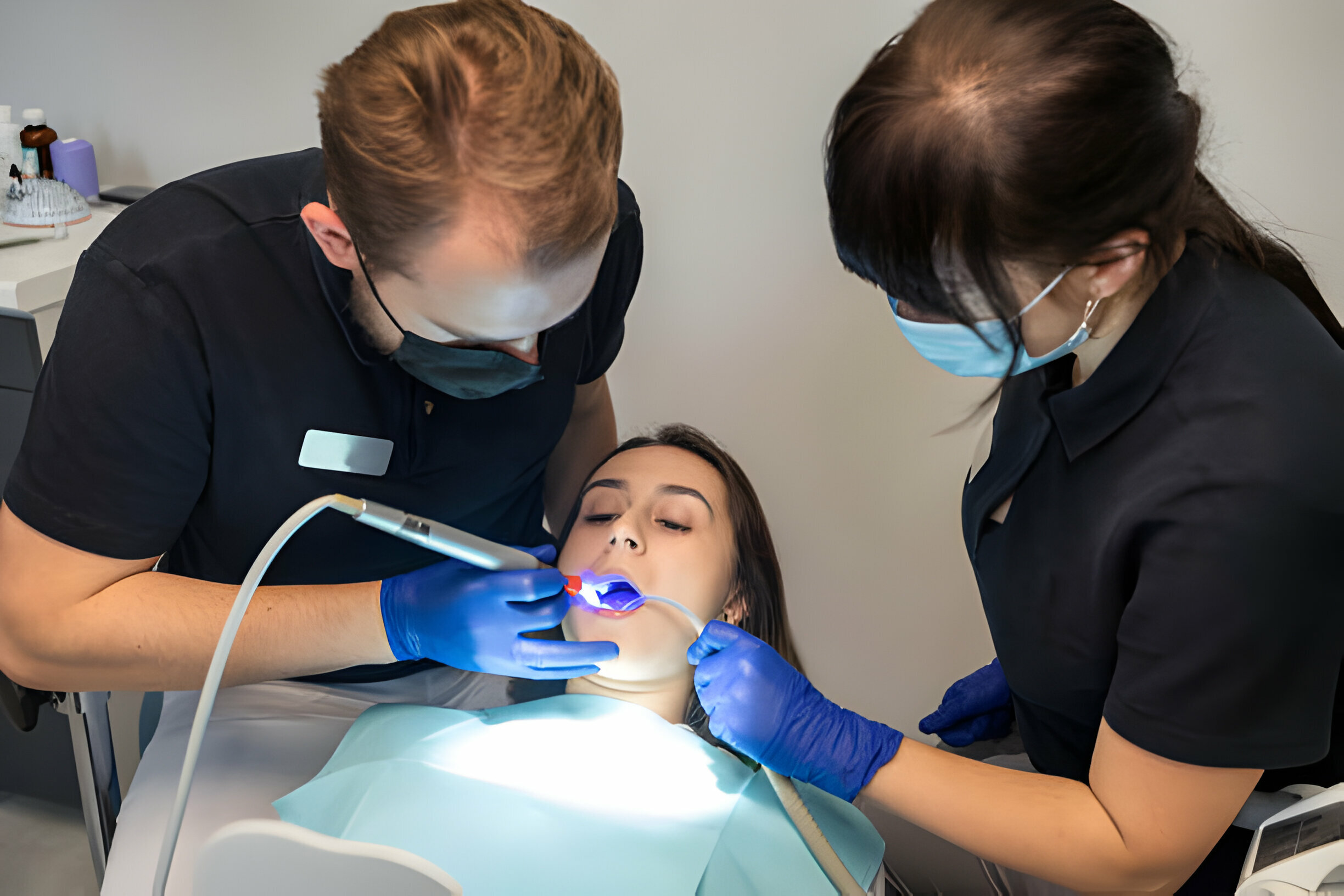
Avoid forceful brushing, particularly around the treated tooth, to avoid inflammation. Switch to moderate brushing and maintain cleanliness to avoid future difficulties.
If you are experiencing continuous or increasing discomfort, do not ignore it. Contact your dentist right away for a more in-depth assessment. Also, report any swelling or odd discharge symptoms promptly.
Do not skip medications recommended by your dentists. Additionally, do not underdose or overdose on the suggested medications without first informing them. Adherence to the suggested regimen is critical for successful pain management and infection control.
Do not skip any planned follow-up appointments. These appointments allow your dentist to check your healing status and address new difficulties immediately.
Healing from a root canal treatment typically takes 1-2 weeks; however, individual experiences may vary. You may feel mild to severe discomfort for the first few days, but this should subside over time and usually last only a few days.
Your healing time may also differ depending on whether you received a permanent or temporary crown during your initial appointment. Potential complications, such as an infection, may also prolong your recovery. However, this can be prevented if you follow the proper steps to recovery.
